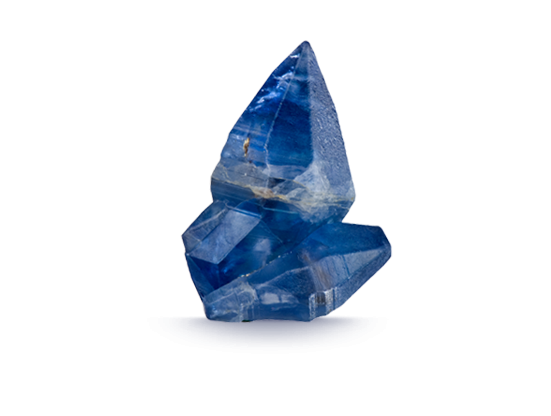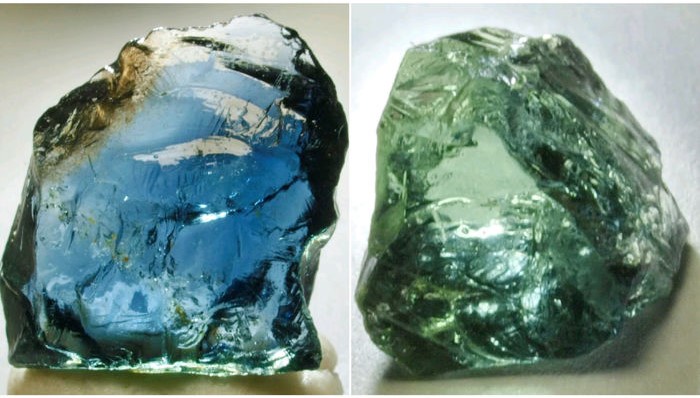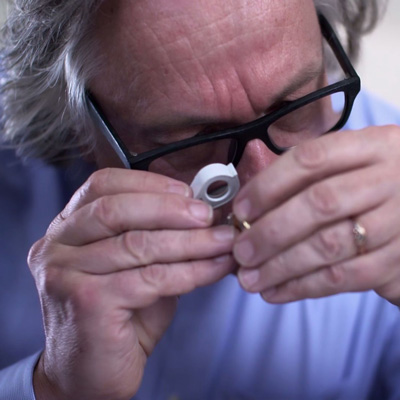
11 Sep Sapphires – Round, Cushion or Oval?
Sapphires
While I’ve already written a post on Sapphires as the birthstone for September (see here) and some quality factors for sapphires (see here) I wanted to touch on the availability of different shapes, sizes and colours. This topic has the potential to get in-depth quick, so I’ll try to keep it light on for now.
Quite often we get requests for shapes, sizes and colours that in the perfect world one would assume are easily accessible. Sometimes though the stars don’t align, and those gems are not available at that given time, in the required shape size or colour our client might be after. This can be due to numerous reasons. There are also times where we can source exactly what our client is after! Keep reading to see some reasons why your ideal sapphire might be harder to source than you think…
Rough to polished
You see when you mine a natural gemstone Mother nature can either be nice or be naughty or fall somewhere in between. It’s the cutters (lapidaries) job to maximise the rough into a cut and polished gemstone that you see in store. They maximise the rough through years of experience of knowing what each piece of rough will yield the best stone. It might be cut into a round or a cushion or a rectangle radiant depending on the size and shape of the rough.

Colour
Colour is another factor that needs to be decided upon when looking at a piece of rough. Because sapphire can show different colours when it is looked at from different directions due to its pleochroic nature – (Pleochroism is an optical phenomenon in which a substance has different colours when observed at different angles) the cutter needs to decide which way to orientate the gem. You see this a lot in Australian sapphire where if looking through the table you will see blue but if you look through the girdle you will see green.

An example of pleochroism seen in sapphire. When viewed from one angle is shows blue, when viewed from another it is green.
Cut
Cut or shape of the gem is another important factor to consider. As you can see in the image above of the sapphire rough the crystal elongated, its tall but not very wide/thick. This means that certain cuts will favour itself to the shape of the crystal compared to others. This is the cutters job to maximise the rough a gem you can buy. Cushions and oval shapes are a great example of maximising the most out of the rough and hence why they are generally more available.
What does this mean?
We try our hardest to source the gem of your dreams. No matter the shape, size or colour but the above are important factors to consider when looking for a gem. Don’t let that scare you away, we can always get a gem custom cut for you if what you’re after if not available!
If you have any questions don’t be afraid to leave a comment or DM us on Facebook or Instagram
Thanks for reading.
George




